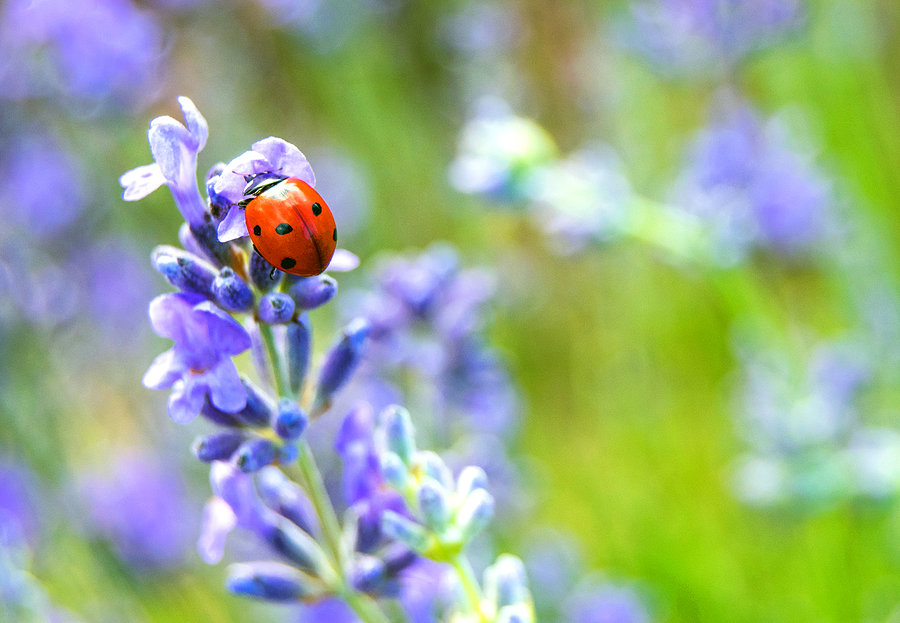READY TO GET STARTED?
REQUEST A FREE ESTIMATE
Fill out the form below or call (888) 466-7849 for a free, no-obligation estimate.

During the impending colder weather, some pests will begin to seek warmth and shelter for survival. Overwintering is a common term used to described pests and their activities that allow them to survive the cold temperatures. In this instance, overwintering pests are those that find a warm place to make their home. Two common overwintering pests are boxelder bugs and ladybugs.
Boxelder Bugs
Named for feeding off maple and seed-bearing boxelder trees in the warmer months, boxelder bugs are sneaky pests that can easily make your home theirs. These insects are reddish-back and can have orange markings on their backs. Boxelders have a flattened and elongated oval-shaped body that is around ½ inch long with six legs and a pair of antennae.
Boxelders are known to be slightly more aggressive than other overwintering species. With mouthparts that are both piercing and capable of sucking, these pests can occasionally puncture skin when they are handled. This can cause slight irritation and produce red spots very similar to a mosquito bite. Similar to stinkbugs, these pests are often found inside the home in areas that have a large amount of sunlight. Crushing these pests is not recommended as their bodies will produce a very strong odor and their remains can leave reddish stains on fabric.
Ladybugs
Found worldwide and tallying over 5,000 species, ladybugs (also known as lady beetles or ladybird beetles) are considered a harmless overwintering pest. Ladybugs have an oval, dome-shaped body with a hard-shell wing that covers their inner wings. Deemed beneficial, these insects will consume plant-eating insects such as aphids, mealybugs, mites, and scale insects, all of which can harm crops and plants in gardens.
Similar to boxelder bugs, ladybugs are on the lookout for a warm place over the fall and winter months. These insects will take over your home in a matter of days, utilizing windows and door openings to come inside a home or building structure. While these insects aren’t necessarily harmful, they can become a major nuisance when large populations congregate.
Overwintering Pest Prevention
Protect your home this winter with these tips for overwintering pest prevention:
Categories